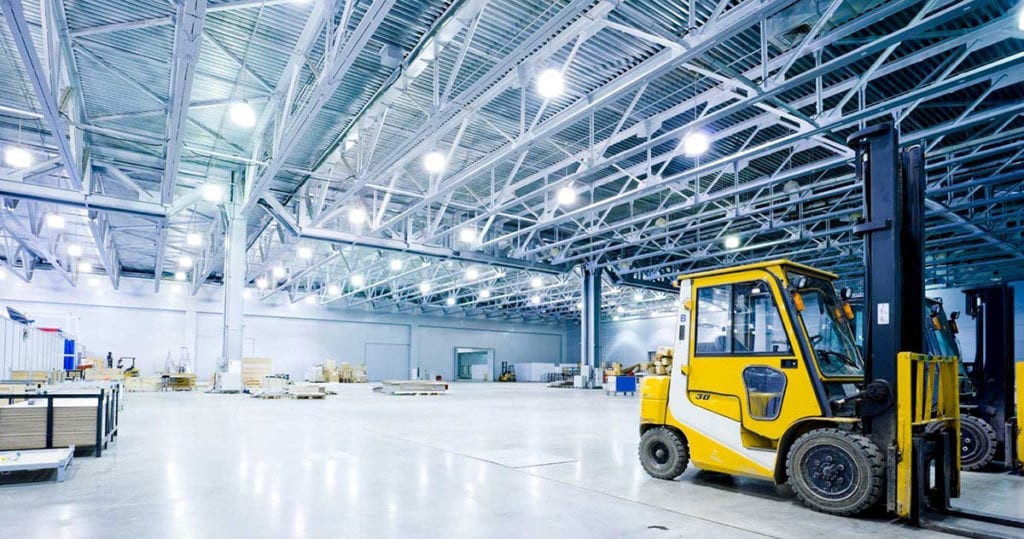There can be differing opinions between the facility owner, engineering firm and construction management contractor on how construction projects will be executed as a whole. However, in the case of project materials management, all parties generally agree that the main goal of the project is to ensure materials are purchased and delivered to the construction site on time in order to eliminate construction delays.
To achieve 100% material availability, the project’s Materials Management System (MMS) needs to be properly setup from the beginning of the project. Maintaining accurate real-time data in the MMS system throughout the duration of the project is critical to ensure material is delivered on time and ready for critical path construction activities. There can be some common pitfalls and challenges that could result in material delays if this is not done correctly. Material delays can also lead to increased project costs and schedule impact in the event that you encounter some of these challenges during your construction project. Below are some examples of common material management challenges, most of which can be overcome with more comprehensive planning, controlled procedures, and the right technology fit.
Common material management challenges include:
- Inaccurate or partial Bill of Materials listing from the engineering firm
- Engineering requisition issues
- Purchase order revisions and inaccuracies
- Shipping and receiving errors causing inaccurate inventory levels
- Inaccurate material inventory counts
- Inventory adjustments
- Data integrity issues can stem from having multiple data sources (Smart Plant Materials (SPM) or SAP ERP systems as well as various Engineering systems)
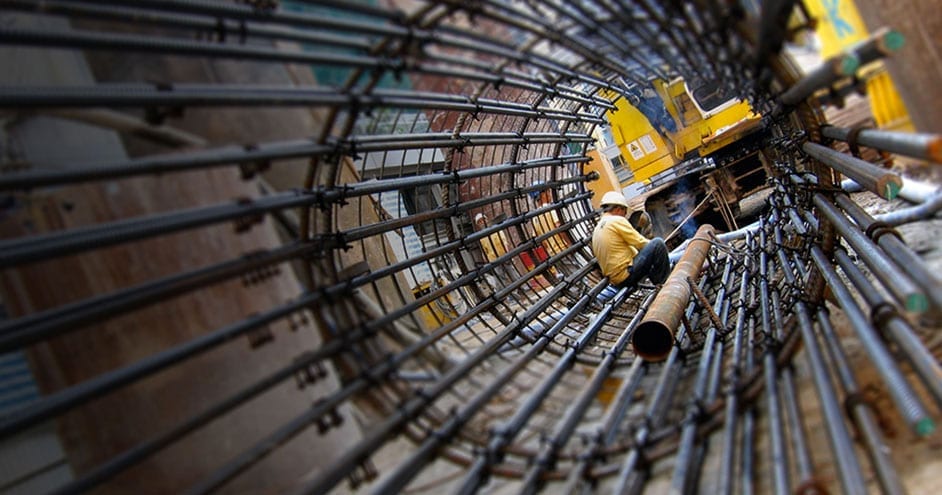
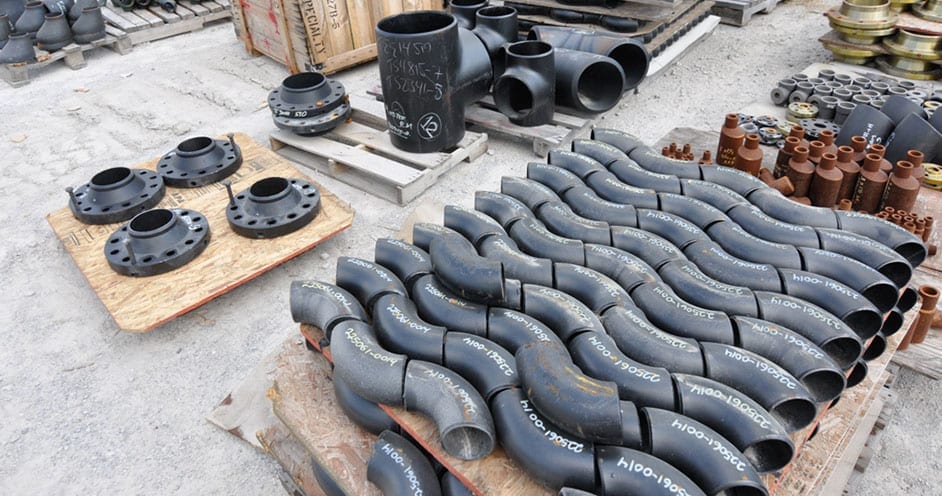
Project setup within the Materials Management System is the foundation for ensuring your project is executed effectively. Below are some basic requirements to ensure consistency and accuracy for a well-run Materials Management System that will lead to accurate real-time inventory levels.
Key foundations for setting up a Materials Management System:
- Assign unique project number schemas in the event multiple projects are being managed
- Defined part number catalogs must be used for managing tagged equipment, sub-components, commodities and bulk material to ensure resource names in the MMS system match construction drawings
- Material descriptions, unit of measure and material classifications must be descriptive and accurate to ensure all material can be found quickly and efficiently
- Project controls cost coding structure must be in place at the beginning of the project to avoid confusion later on in the project
- Construction Work Packages must be finalized prior to the start of construction
- Material storage locations must be clearly defined and marked (warehouses, laydown yards, module yards, field and vendor shops)
- Key shipping dates must be accurate to ensure proper equipment is available to off-load material
- Quality requirements, hold points, inspections, and certifications must be tracked digitally
- Preservation requirements and record keeping must be kept up to date
- Logistics requirements and documentation should be readily available
- Material acceptance and release from storage forms and processes must be followed
- Implementing site materials management processes and procedures for inventory counts and receiving
- Automating Integration with Project ERP and Engineering systems will ensure proper data integrity in the MMS System
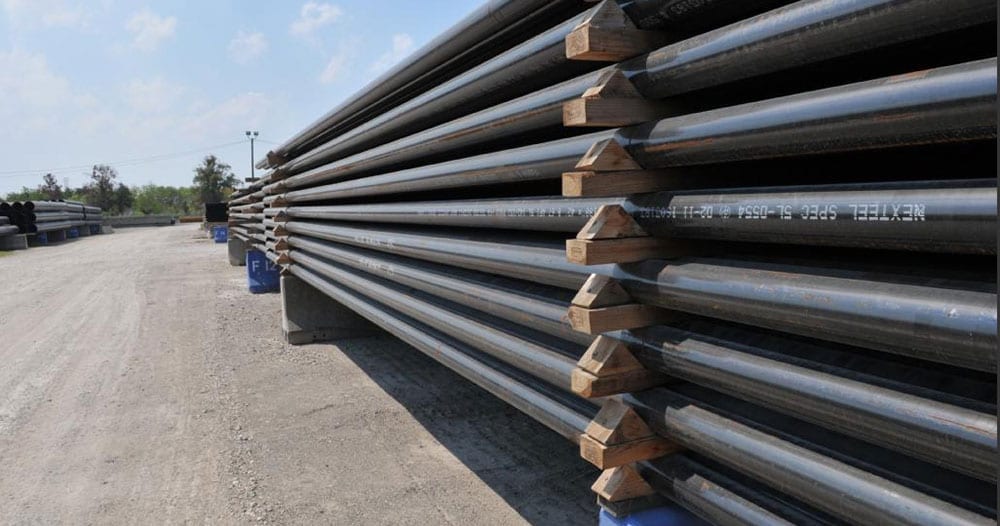
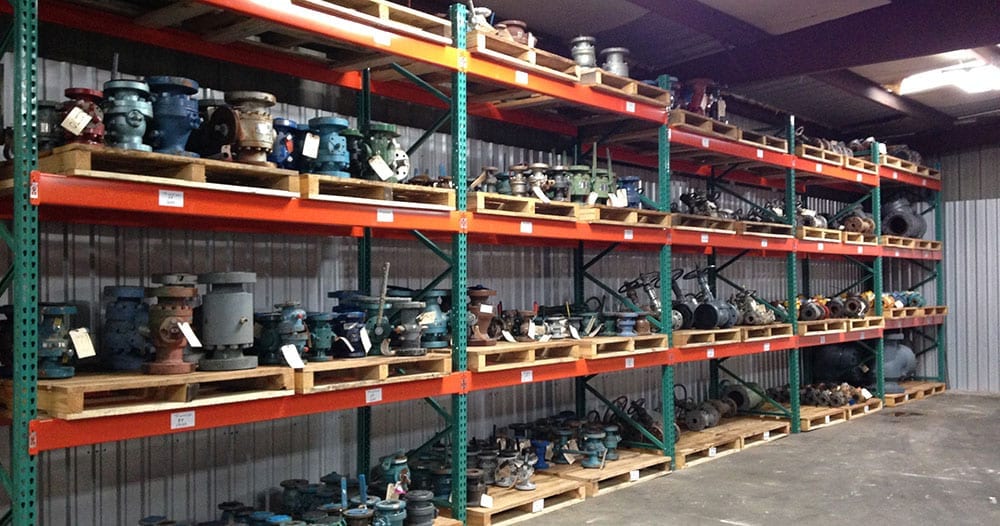
Maintaining accurate real-time data in a Materials Management System (MMS) can be a challenging feat but it is absolutely critical to the success of a project. It is imperative to constantly monitor and audit inventory levels and system data to guarantee accurate project reporting. SiteSense® Materials Management software can automate the maintenance and monitoring of material data using Track and Trace technologies such as Web and Mobile applications and various sensor technologies (e.g. RFID, GPS) to ensure accurate reporting for the project’s construction and management teams.
